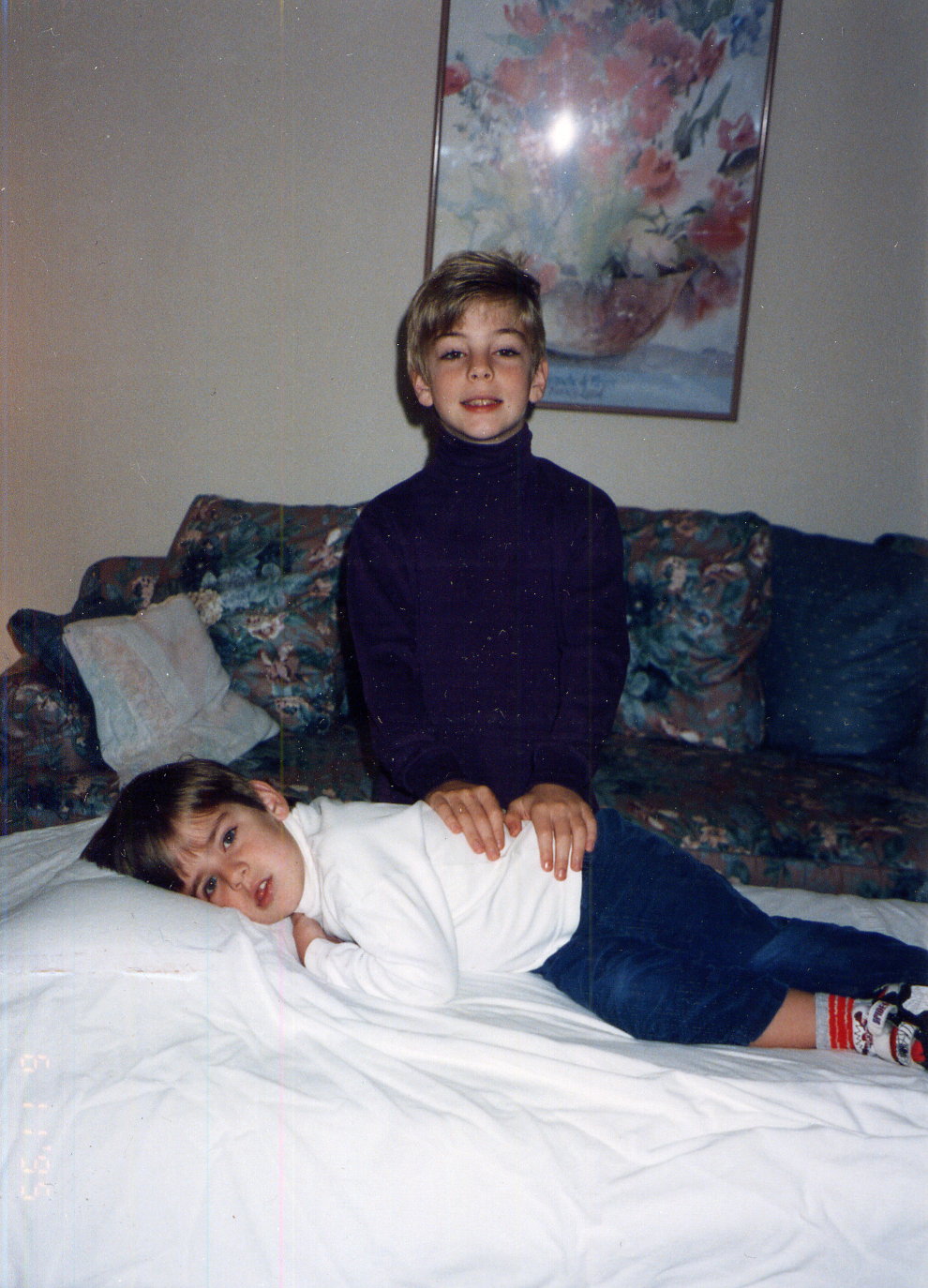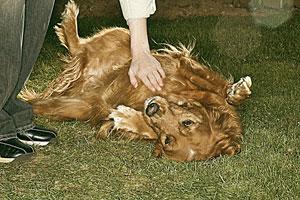An Introduction to Reiki
 Simply stated, Reiki (pronounced ray-key) is a gentle, healing and wellness practice that promotes balance and well-being in body, mind, and spirit. Many see it as a technique for stress reduction and relaxation that also promotes healing but, in reality, it is so much more.
Simply stated, Reiki (pronounced ray-key) is a gentle, healing and wellness practice that promotes balance and well-being in body, mind, and spirit. Many see it as a technique for stress reduction and relaxation that also promotes healing but, in reality, it is so much more.
Reiki is also a spiritual practice that cultivates peace of mind, enhances our health and vitality, and promotes psychological well-being. Daily self-Reiki treatments are an invitation to wellness: the foundation of caring for ourselves and promoting balance and wellness on all levels. Reiki is the gift that keeps on giving.
The word Reiki means soul energy or the energy of the Universe, which is found in all living things, plants and animals included. As human beings, we are all born with Reiki; an attunement or reiju** is all it takes to help us activate or awaken this ability and remember all that we are capable of.
The practice began with Mikao Usui in Japan back in the early 1920s. Usui’s experience of enlightenment and lifelong spiritual practice led him to develop the healing method we now know as Reiki. He developed Reiki as a spiritual practice to cultivate peace of mind thus promoting health and well-being. Usui Sensei gifted us with the Reiki precepts as tools for psychological well-being and spiritual growth.
** Reiki is NOT a substitute for medical, psychological or other health care treatments.
** A Reiki attunement or reiju is a gentle process or empowerment guided by the Reiki Master teacher to help the student open to, reconnect and align with, the energy of the universe and the healing capacity that is already within them.
The Reiki Precepts/Ideals
Just for today:
Do not anger
Do not worry
Be grateful
Do your work
Be kind to others
Some of the benefits of Reiki may include:
- Decrease in pain and anxiety
- Assisting the body in clearing toxins (such as chemotherapy or radiation)
- Balancing body, mind and spirit
- Stress reduction; relaxation
- Promotion of health and well-being; restoration of vitality; self-care
- Enhancing and accelerating the normal healing processes of the body
- Enhancing the body’s ability to recover from injuries, surgery, or trauma
- Relief from physical and emotional effects of stress
Reiki is safe. It is non-pharmaceutical, non-invasive and moves one towards balance.
There are no known contra-indications (reasons not to give) and no known side effects although the balancing and healing process can produce short-term discomfort.
Reiki can be used for people of all ages; from pregnancy throughout the life span. Animals also love Reiki and many pet owners now give Reiki to their beloved pets.
* Reiki does not interfere with any traditional medical treatment or medication you may be receiving. Because of its relaxation effects and overall benefits, some people may find that they may require less medication. Any medication adjustment should be made under the supervision of their doctor.
How Does Reiki Work?
We don’t know the exact mechanism of action of how Reiki works, but it seems to activate the relaxation response. When the body is relaxed, the side effects of stress are reduced. And, just as Florence Nightingale, the founder of the modern nursing tradition described how the role of the nurse is to “…put the patient in the best condition for nature to act on him,” by bringing about the relaxation response, Reiki removes physiological stress from the body and the body does what it was designed to do—heal itself and return to balance.
What is a Reiki Session Like?
 A Reiki session is usually conducted in a quiet room, where the person would be sitting in a chair or lying on a massage table or recliner. Soft, gentle relaxing music would be playing in the background. A general session would include placing hands on or just above various positions on the body (these positions are generally located near the major glands and organs of the body). This could include the head and the front and the back of the body. A Reiki session could also be focused on just one or two areas of concern, injury, pain or discomfort. The session would be as long or as short as needed. A short, focused session can last from 10 to 40 minutes and a full body session can last from 45 to 90 minutes. All the person has to do is relax and receive the healing energy. Talking is usually not encouraged so the person can receive the full benefits of relaxation.
A Reiki session is usually conducted in a quiet room, where the person would be sitting in a chair or lying on a massage table or recliner. Soft, gentle relaxing music would be playing in the background. A general session would include placing hands on or just above various positions on the body (these positions are generally located near the major glands and organs of the body). This could include the head and the front and the back of the body. A Reiki session could also be focused on just one or two areas of concern, injury, pain or discomfort. The session would be as long or as short as needed. A short, focused session can last from 10 to 40 minutes and a full body session can last from 45 to 90 minutes. All the person has to do is relax and receive the healing energy. Talking is usually not encouraged so the person can receive the full benefits of relaxation.
Reiki is user-friendly and can be adapted to and used in any setting; home, hospital, hospice, animal shelter or hospital, medical offices, testing centers, emergency settings and many others.

Reiki is so easy, even children can do it. My sons, ages four and nine pictured above in 1995.


Animals love Reiki too!
